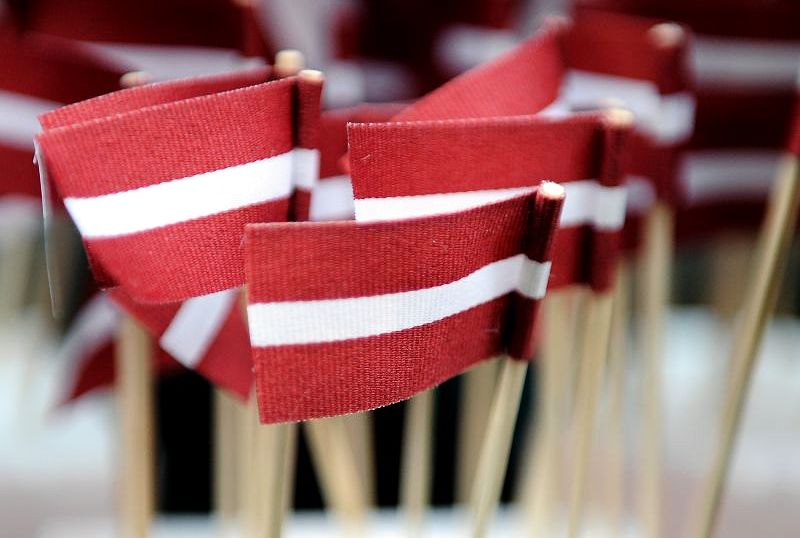The case centers on a Facebook upload by Osipovs on November 12, 2013 in which he allegedly mocked the fact that his daughter had been given a red and white ribbon at school, along with her classmates, to mark Lacplesis Day – Latvia's version of Remembrance Day.
A criminal case was launched on November 20 in accordance with article 93 of the Criminal Code which bans people from publicly destroying, damaging or denigrating the state flag.
Osipovs is a well-known and controversial figure in Latvia who takes a strongly pro-Kremlin line on all issues. He has founded or been a member of various Russian nationalist organizations including the National Bolshevik Party, Osipov Party, Mother Tongue and Russkaya Zarya and in May could be seen demonstrating outside the Russian Embassy in Riga in support of Russia's annexation of Crimea.
He was born in Latvia in 1977 but refuses the chance to naturalize as a citizen, regarding Russia as his "homeland".
Latvia has strict laws governing all activities linked to the national flag. Its proportions and colors must be officially approved and public and even private buildings are compelled by law to fly the flag on certain calendar days or when visiting foreign dignitaries are on Latvian soil.
In theory, anyone failing to fly a flag in the appropriate manner risks a fine, though levels of enforcement vary between municipalities.
Latvia's flag consists of a red-and-white striped triband with the central white band half as thick as the red bands. It is also unusual in that the proportions of the long sides to short sides are 2:1, rather than the more common 5:8 ratio known as the 'Golden Mean' – supposedly based on the proportions of the Parthenon in Greece - which is generally regarded as easiest on the eye.
According to legend, the Latvian flag originated from a white sheet used to carry a mortally wounded tribal chief from the battlefield. Soaked with his blood on two sides, the warriors raised the sheet as their banner.
"Latvian red" is a dark maroon not easy to reproduce when most commercial dyes favour a more eye-catching bright red, as in the case of the similar Austrian flag.
























